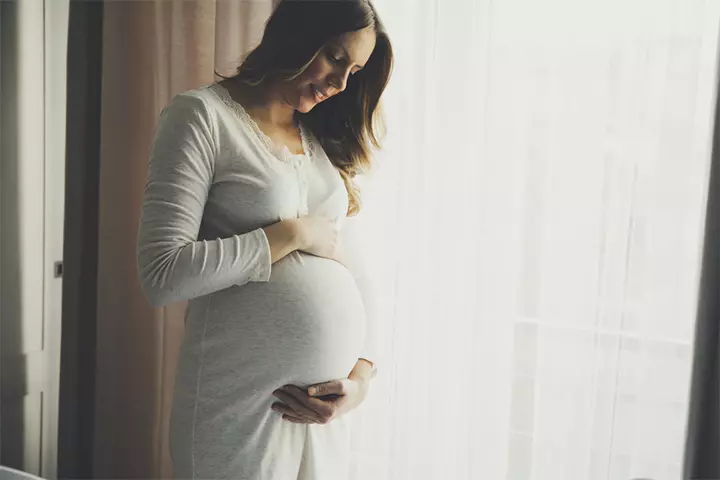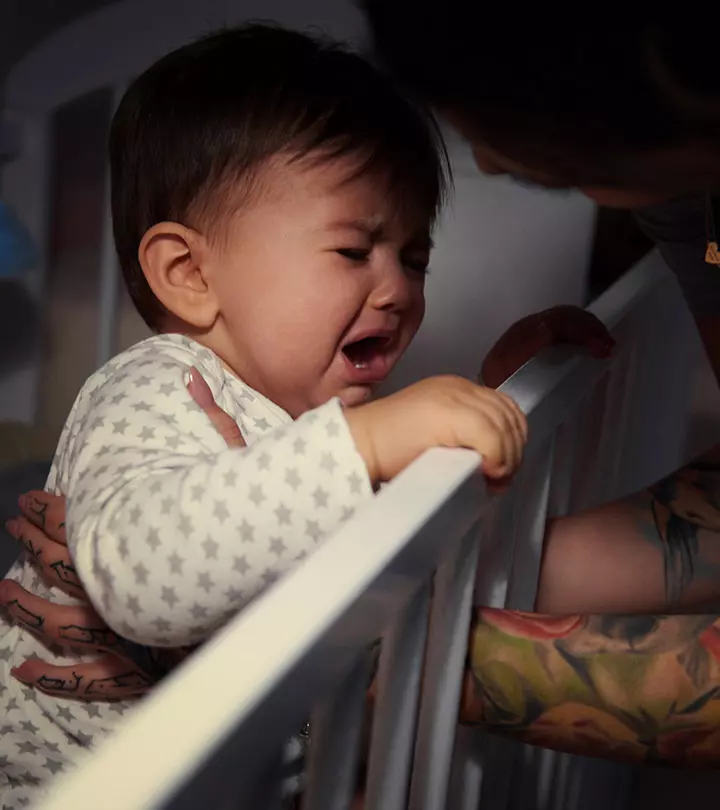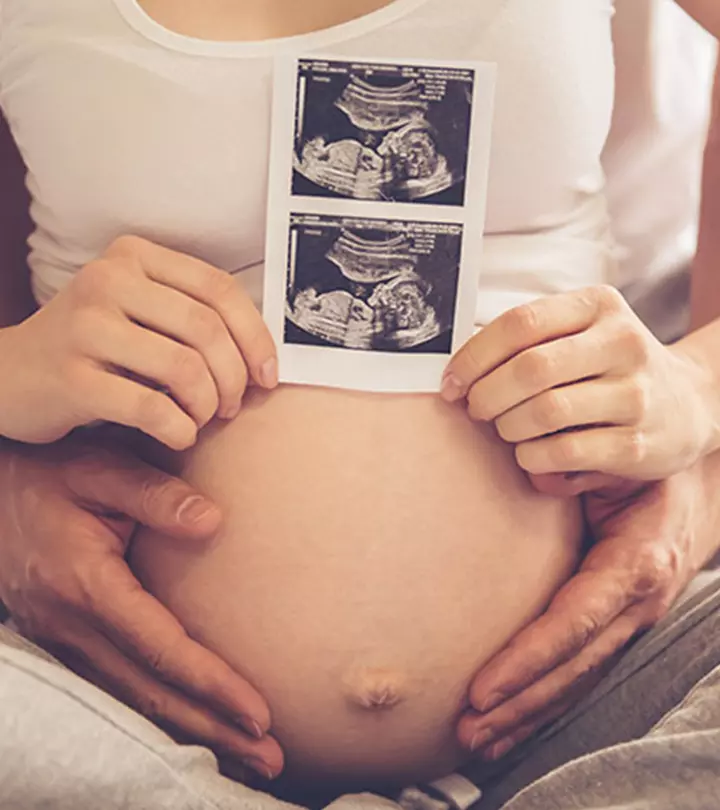

Image: Shutterstock
There’s no denying that pregnancy brings about some weird, crazy, and strange changes to your body. Some of them are quite predictable and usual, while others may not be. The most common pregnancy symptoms include morning sickness, nausea, headaches, backaches, and swollen feet. You may also experience mood swings and irritability. However, there are lesser-known side effects of pregnancy that you probably experience but don’t realize. We are here to talk about one such condition today — diastasis recti.

If you have no clue about what the hell this condition is, you’ve stumbled onto the right place. Keep reading to find out the answers to the most common questions women have about diastasis recti:
What Is It?
Image: Shutterstock
First and foremost, let’s understand what diastasis recti means. During pregnancy, the uterus stretches the abdominal muscles to accommodate the growing fetus. The two large bands of the muscles that are side-to-side and meet in the middle of the abdominal muscles, also known as rectus muscles, may separate by a large abnormal distance while stretching. This condition that leads to the separation is called diastasis recti. It is also known as diastasis recti abdominis (1).
Who Gets It?
Image: Shutterstock
It is a common pregnancy symptom, and almost 100% of pregnant women experience diastasis recti, especially in the third trimester. However, not all women face painful symptoms of this condition. If they suffer from symptoms like pain and discomfort in the abdominal muscles, lumbar pain, and pelvic instability, treatment is usually recommended (2).
What Causes It?
Image: Shutterstock
It’s a common condition during pregnancy due to stomach muscles weakening and separating during and after pregnancy. These muscles run from your chest to your pelvis. They are found right under your skin, down the middle of your belly. Diastasis recti is caused partly due to the pressure of the growing baby in your abdomen and partly because of hormonal changes (3).
It usually begins during the second half of pregnancy and is more common in women who’ve had more than one child or who are having twins or triplets. It is also common in small-statured women who are having a larger-than-average baby (4).
Signs And Symptoms Of Diastasis Recti
Image: Shutterstock
One of the best ways to know if you’ve had diastasis recti postpartum is to lie on your back flat and lift your head. You will be able to see a gap between your abdominal muscles. You might also be able to see a canoe-shaped bulge in the middle of your stomach when your abdominal muscles are active. Another way to know is if you experience severe lower back pain caused due to the separation, which prevents stomach muscles from supporting your back (5).
How Is It Treated?
Image: Shutterstock
Diastasis recti can be treated after birth without complication. You have to treat it before the separation becomes worse. Here are a few tips you could try (6):
- Do not lift anything heavier than your baby.
- Roll to your side when you sit up or get out of bed.
- Choose exercises that strengthen the deeper muscles of your stomach.
- Avoid activities like crunches, planks, situps, etc., as they can make the separation worse.
- Wear a supportive brace or compression underwear to support your back.
Although it’s a common condition, you could prevent it by strengthening your core muscles before your pregnancy. Maintaining a good posture also helps avoid the condition. However, do not strain your stomach muscles during pregnancy.
With time and proper care, your muscles are bound to get back together. However, in some cases, if they don’t, you could opt for surgery. Consult your doctor or midwife to understand your options and proceed with caution.
Community Experiences
Join the conversation and become a part of our nurturing community! Share your stories, experiences, and insights to connect with fellow parents.

















